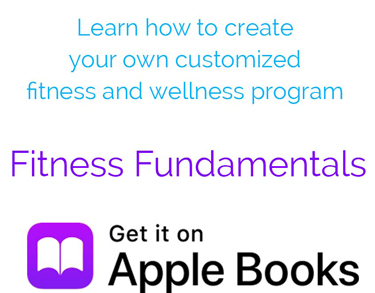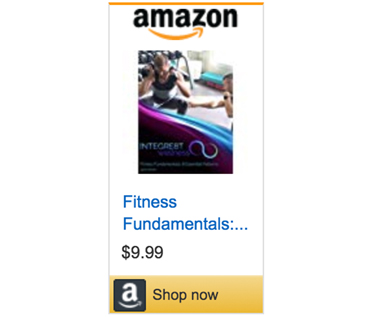Stacking Creates Peace of Mind
In this series, I’m going to share some recipes for supplements. When you combine simple ingredients together like an apothecary, you’re “stacking supplements together.” There are many advantages to taking the time to do this.
As I’ve said repeatedly: Food should be your first and best source of nutrition. First concentrate on maximizing your progress with The 8 Patterns of Fitness. If you find you still need to fill gaps or get an extra boost, that’s when it’s time to look at pills, powders, and potions.
There are many pitfalls to avoid when buying supplements. You often don’t know, or cannot control, what you’re taking, since most products come pre-mixed “for your convenience.” Stacking gives you control, because you purchase only those ingredients you want from sources that you trust. You then decide on the serving size, and combine only what is useful and safe.
#8Patterns1Lifestyle
#8WeeksInfiniteProgress
In parts one, two, and three of this series I described the importance of knowing what’s in the food and products that you put in your mouth or on your skin, as well as options for creating your own recipe for muscle building and energy, as well as another for fat burning. This entry will break down the ingredients to make natural skin care products. The recipes included in this article will focus on a deeply moisturizing body butter, as well as a moisturizing and exfoliating sugar scrub. Please remember to consult with a doctor before using these recipes, and to check for allergies by testing each ingredient individually for allergic reactions prior to mixing them into your stack.
Carrier Oils
Carrier oils form the bulk of the recipes. We will use them as the diluting agent for delivery of super concentrated essential oils (e.g., lavender oil). The carrier oils have many beneficial properties unto themselves. There are several types of oils that can be mixed together for topical use. Generally, thinner oils are more appropriate for oily skin (e.g., sesame oil), and thicker oils are helpful for dry skin types (e.g., cocoa butter). Some do not absorb well (e.g., peanut oil), or go rancid very quickly (e.g., flax seed oil). These recipes focus on oils that are beneficial to as many skin types as possible, and which also have long shelf lives. Where possible, choose organic, virgin, unrefined, cold pressed carrier oils.
Essential Oils
These strongly-scented substances are extracted from plants by a variety of methods; however, all of them are super-concentrated, and should not be used topically without dilution in a carrier oil. Different oils require different amounts of plants to create the essential oils. For example, it requires a ton of rose petals to create an ounce of rose essential oil. Sandalwood is an endangered species of tree. Lavender and Tea Tree are both plentiful and inexpensive. For this reason, authentically pure essential oils will have a variety of prices per bottle — a 1/3 ounce bottle of rose oil might be over $100, whereas a 1/3 ounce bottle of lavender oil might be under $10. Beware of brands that sell the same amount of “essential oils” for the same price. For example, if a brand’s frankincense costs the same as that brand’s lemon, avoid that brand. Where possible, choose organic essential oils.
Honey
The honey in plastic bears is not really honey. It’s been pasteurized, filtered and depleted of everything that gives it any nutritional benefits. Plastic bear honey is essentially fructose syrup. Raw, organic honey, however, is full of “impurities” that make it a staple for diet and beauty. You can tell the difference between the two products by holding them up to the light. The raw honey will have specks of beeswax, royal jelly, pollen, and other particulates. Processed honey will look “perfect.” Also, check the label for the specific term “Raw.” Vendors often sell it in large mason jars, and although more expensive on the front end, will provide you with an excellent product for foods, beverages, and skin care.
Recipe: Body Butter
This recipe is super concentrated, and creates a very dense, lush and deeply moisturizing lotion. Once it cools and solidifies, it will be like a heavy cream or thick frosting. Because of its density, the recipe requires only a very tiny portion. Be conservative: You can potentially use a dab the size of a dime on your entire leg. This especially true if you allow the dollop to melt in your palm, and then pat it lightly all over the area you treat. Once the oil covers the desired skin, rub it into the skin with circular motions as if buffing polishing wax onto a car.

Churning the butter
Bring 12 ounces of water to a low boil in a small or medium pot. Place the carrier oils and the beeswax into a glass bowl. Create a double boiler by placing the glass bowl containing the carrier oils and beeswax on the pot. Occasionally lift the bowl with an oven mitt to allow steam to escape. Using a wooden spoon, stir the oils and beeswax together as they gradually melt into a smooth liquid. Once the mixture is completely melted, remove the bowl from the heat, placing it to the side on a surface that is heat resistant.
Allow the mixture to cool for 10-15 minutes, so the glass doesn’t shatter when chilled. Place the bowl into the refrigerator until the oils are halfway between liquid and solid (approximate 15-20 minutes). Remove the glass bowl, and stir in the honey. Once the honey is dispersed into the mixture, add the essential oils. Whip the mixture lightly for 5-10 minutes with a fork until the mixture takes on a creamy texture. Place the whipped body butter into the refrigerator for an hour to set. Spoon some of the body butter into a mason jar to keep handy, while storing the rest in the refrigerator for future use.
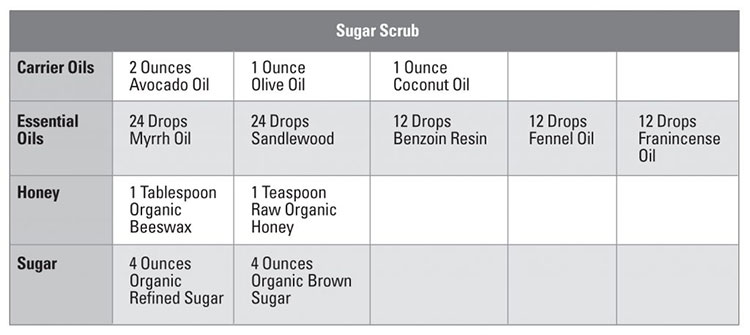
Recipe: Sugar Scrub
This recipe is richly moisturizing, though lighter than the body butter. It is also an excellent exfoliant that helps to diminish wrinkles. Use very light pressure when applying scrub to the face, and avoid contact with the delicate area around your eyes. Take a quick rinse with warm water. While your skin is still wet, apply the product with moderate pressure in circular motions to buff your skin smooth. Once you apply the scrub, allow it to sit on your skin for a few minutes. Rinse off with warm water alone. If too much oil remains, use a very small amount of shampoo or bath gel to remove the excess – do not strip all the oil off with excess rinsing. Pat skin semidry with a clean towel, and allow the remaining water to air dry. Caution: The tub or shower may become slippery from the oils in the scrub.
The nitty gritty: How to make the scrub
*Authentic Benzoin comes bottled as a solid resin. In order to dispense it from the dropper bottle, give the bottle a warm bath for 10 minutes to melt the resin. Once liquid, pour the drops into the mixture.
Pour the refined and brown sugars into a glass bowl. Use a wooden spoon to stir these together into an evenly combined mixture. In a separate glass bowl, place the carrier oils and beeswax over slowly boiling water on a double burner (see recipe for Body Butter above). Stir the mixture until evenly melted. Remove the melted oils from the heat and allow them to set– hot oils will dissolve the sugar, which should remain gritty when combined with the oils. Heat will also cause the essential oils to evaporate or break down more quickly.
Once cooled to a semi-solid, pour or scoop the carrier oils and beeswax into the sugar mixture. Add the honey and stir the ingredients briefly. Add the essential oils and gently fold until the mixture has a consistent texture. Avoid over-stirring: The sugar should not dissolve. Place the sugar scrub in a mason jar and keep handy in the bathroom.
Recent Updates
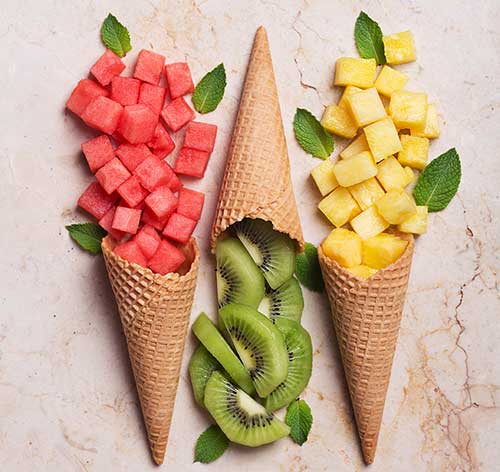
Glycemic Index vs Glycemic Load
This score indicates how damaging a food will be to your blood sugar levels. Foods that score 0-55 are rated low impact (and thus presumed to be better for diabetics and those looking to maintain healthy weight and/or body fat ratios), but this is not the whole picture.
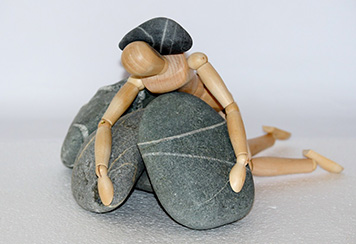
Caffeine: 14 better options to ease SAD
Nearly a year ago to the dot, I wrote an article about Seasonal Affective Disorder (SAD), but there I focused on the importance of getting access to a full range spectrum of light. Here I’d like to focus on caffeine and sleep’s effect on SAD. I’ll also offer suggestions for what to do to help you feel better on the dark days.
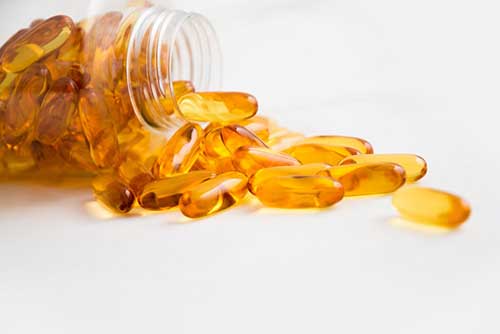
Avoid fish oil supplements
I don’t generally promote supplements. Most of them play to specific, isolated points of medical research to serve as a magic pill. One remarkable example of this is fish oil.
